Korean-based energy technology startup First Light Fusion (First Light) has announced a breakthrough for its novel nuclear fusion technology. First Light is a spin-off from the University of Oxford. It has successfully tested its “electric gun” to ignite fuel in its test reactor’s core.
This milestone was announced just weeks after another breakthrough at its American test facility. It brings sustainable nuclear fusion closer to reality. By using the electric gun, the company has increased the distance its reaction-starting projectile travels by a factor of ten.
In its previous design, the company used a pulsed power machine to electromagnetically launch projectiles. This permitted them to achieve a maximum standoff distance of 1cm.
First Light explained in a press release, “The major milestone will help solve one of the key engineering challenges in designing a projectile fusion power plant. It forms part of the Oxford-based firm’s ongoing work to design a pilot power plant capable of producing commercial energy from fusion,”
First Light is investigating nuclear fusion by using a unique method called inertial confinement fusion. This method involves firing a high-speed projectile to create high temperatures and pressures. These, in turn, trigger a fusion reaction.
This new method generates the high temperatures and pressures required for fusion reactions by using a projectile to compress a target containing fusion fuel at a very high speed. This process resembles the firing of a spark plug in an internal combustion engine.
First Light explained that “This creates the extreme temperatures and pressures required to achieve fusion by compressing a target containing fusion fuel using a projectile traveling at a tremendous speed. The ‘Standoff’ distance is the distance between where the ‘projectile’ is launched and the ‘target’— where the fusion implosion happens,”
First Light faced a major challenge to increase the distance between the projectile and the target in its fusion reactor. Employing the electric gun method, the start-up managed to increase the projectile distance to ten cm, ten times more than its previous record.
First Light explained that “The challenge is to be able to launch a projectile accurately, at velocities of several kilometers per second, while keeping it in a solid state when it hits the fusion fuel. This is a major challenge in First Light’s approach with its pilot power plant design requiring the projectile to be fired at very high speeds and accuracy.”
This is only part of the challenge for First Light with its novel reactors. They also need to reach a distance of about ten feet to create a viable power plant. However, the technique promises to bring this “Holy Grail” of energy production to life.
First Light explains that “First Light’s aim is to design the lowest risk and simplest, most scalable plant design possible. By increasing the energy per shot, and reducing the frequency, First Light aims to achieve a smaller overall plant size with a much lower risk,”
Mila Fitzgerald is a Scientist at First Light Fusion. She said that “This is a milestone moment for First Light and the result of a huge amount of effort, time, and perseverance from the whole team. As we scale up our approach and look to design a pilot power plant based on First Light’s projectile approach – one of the key challenges is being able to fire a projectile at high speeds and from a further distance. That is the basis of our current pilot plant design. This experiment demonstrates a way for us to do that and is an exciting step in the right direction.”
Blog
-

Nuclear Fusion 69 – First Light Fusions Experiments With An Electric Gun For Inertial Confinement Fusion
-
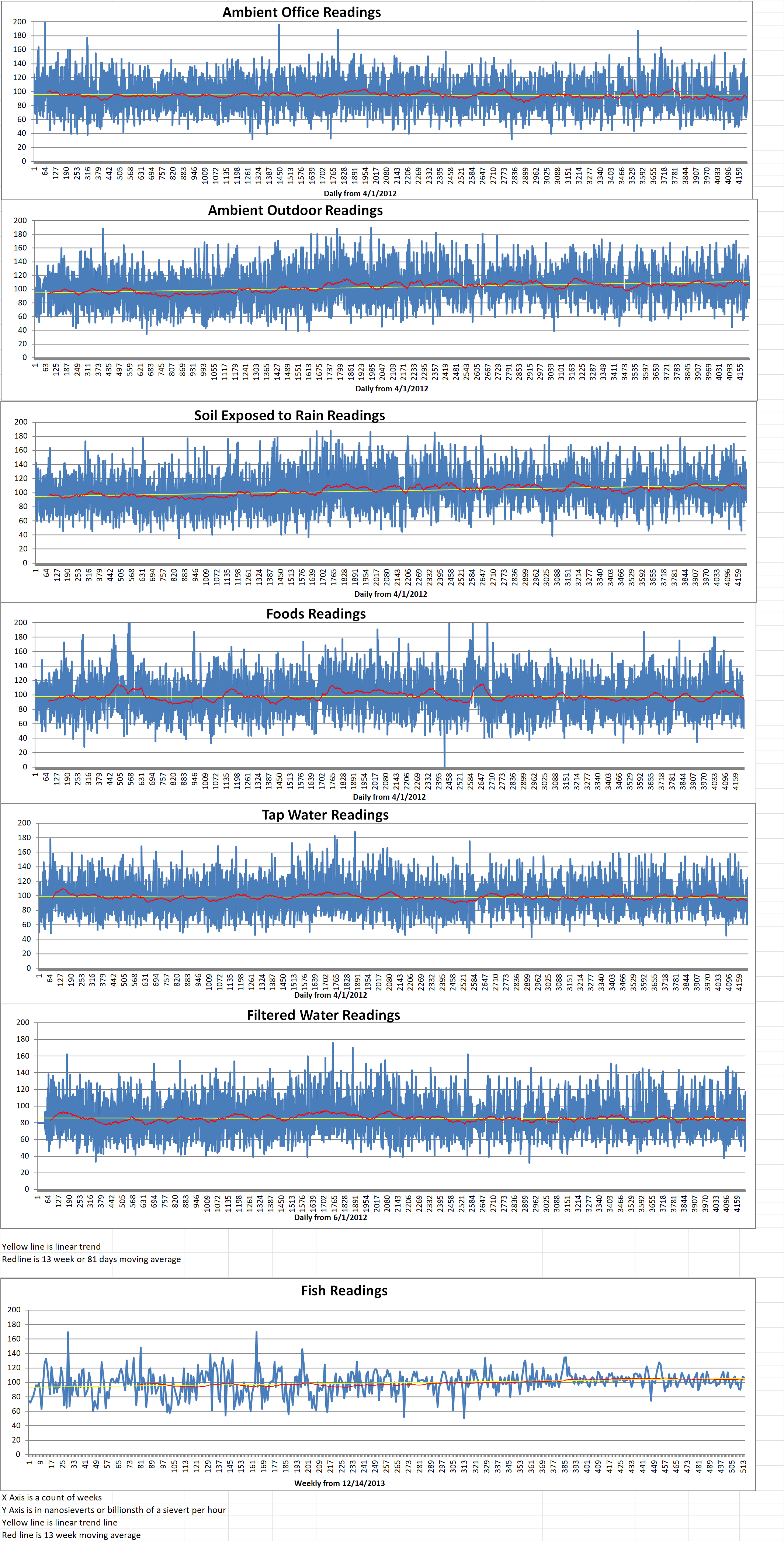
Geiger Readings for April 08, 2024
Ambient office = 121 nanosieverts per hour
Ambient outside = 87 nanosieverts per hour
Soil exposed to rain water = 87 nanosieverts per hour
Red bell pepper from Central Market = 54 nanosieverts per hour
Tap water = 125 nanosieverts per hour
Filter water = 117 nanosieverts per hour
-
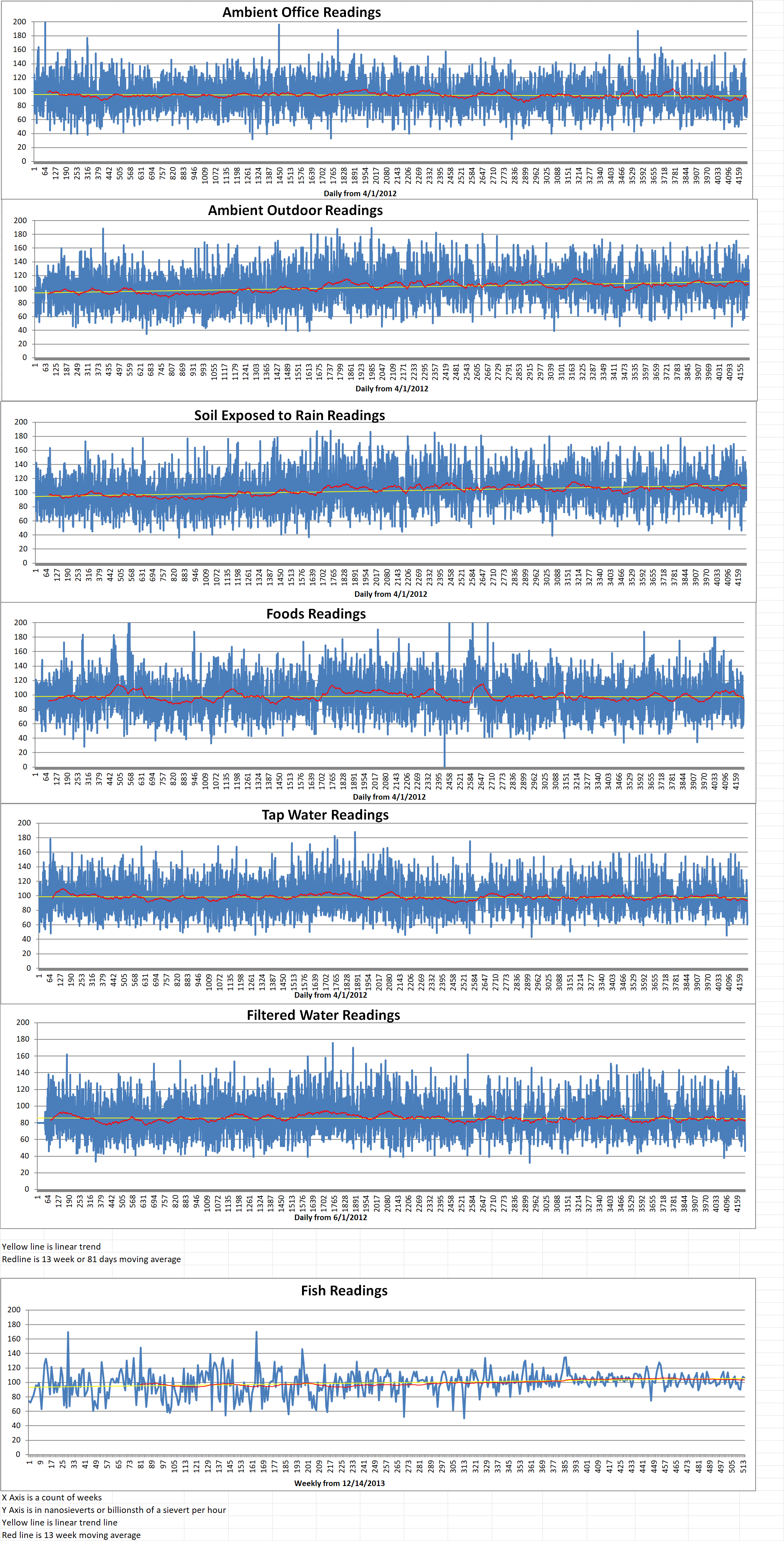
Geiger Readings for April 07, 2024
Ambient office = 89 nanosieverts per hour
Ambient outside = 106 nanosieverts per hour
Soil exposed to rain water = 106 nanosieverts per hour
Mini cucumber from Central Market = 93 nanosieverts per hour
Tap water = 100 nanosieverts per hour
Filter water = 87 nanosieverts per hour
-
Nuclear News Roundup April 06, 2024
Protesters oppose nuclear power plant extension en.rti.org.tw
Carper, Capito Secure Key Nuclear Energy Extension in Funding Bill epw.senate.gov
Putin’s Nuclear Arsenal ‘Spooks’ U.S. Air Force; ‘Russia’s Modern Strategic Weapons…’ hinustantimes.com
Newcleo signs agreement with CEA to develop nuclear technology in France power-technology.com
-
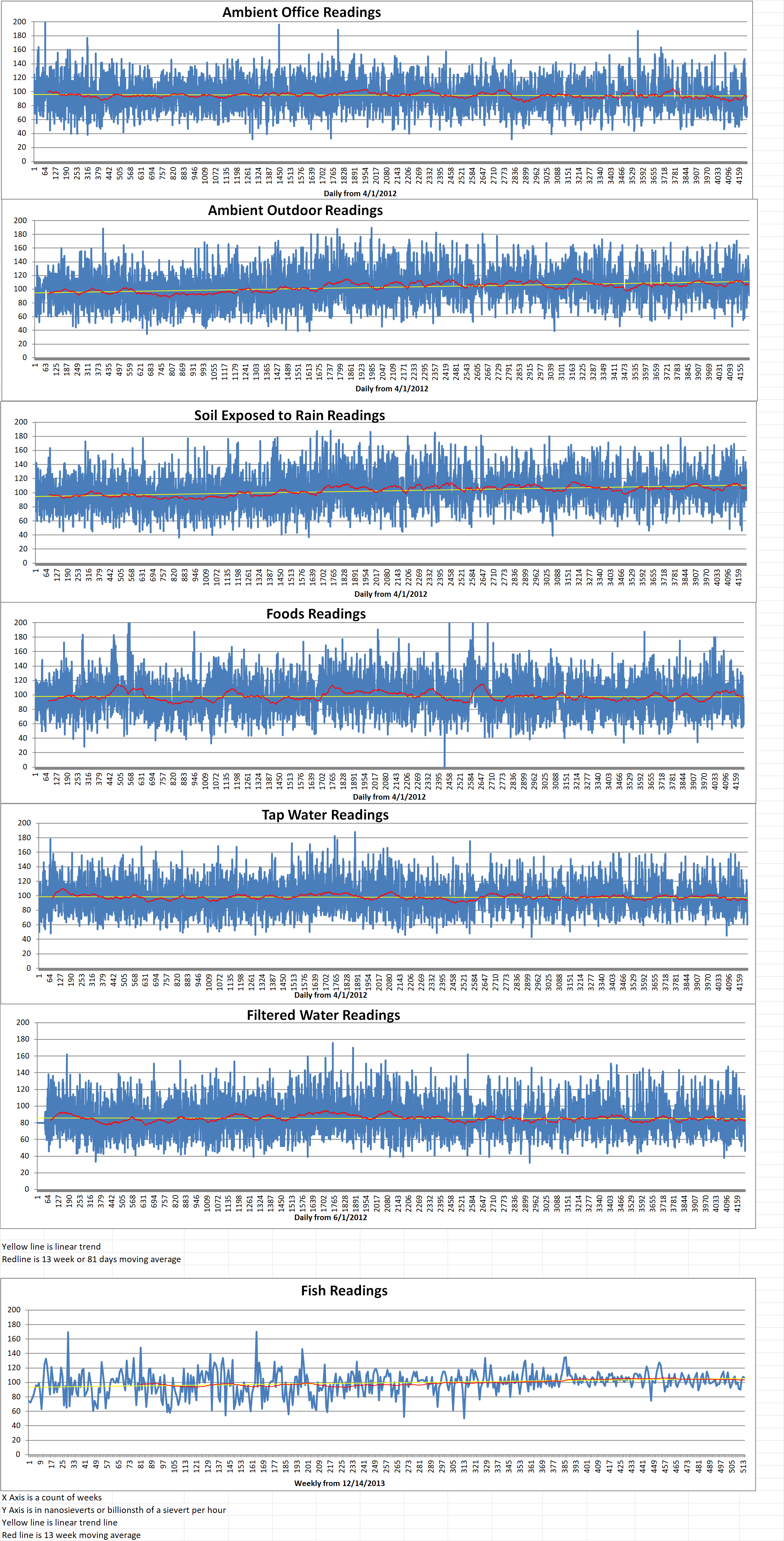
Geiger Readings for April 06, 2024
Ambient office = 78 nanosieverts per hour
Ambient outside = 118 nanosieverts per hour
Soil exposed to rain water = 122 nanosieverts per hour
Green onion from Central Market = 87 nanosieverts per hour
Tap water = 66 nanosieverts per hour
Filter water = 51 nanosieverts per hour
Dover Sole from Central = 106 nanosieverts per hour
-
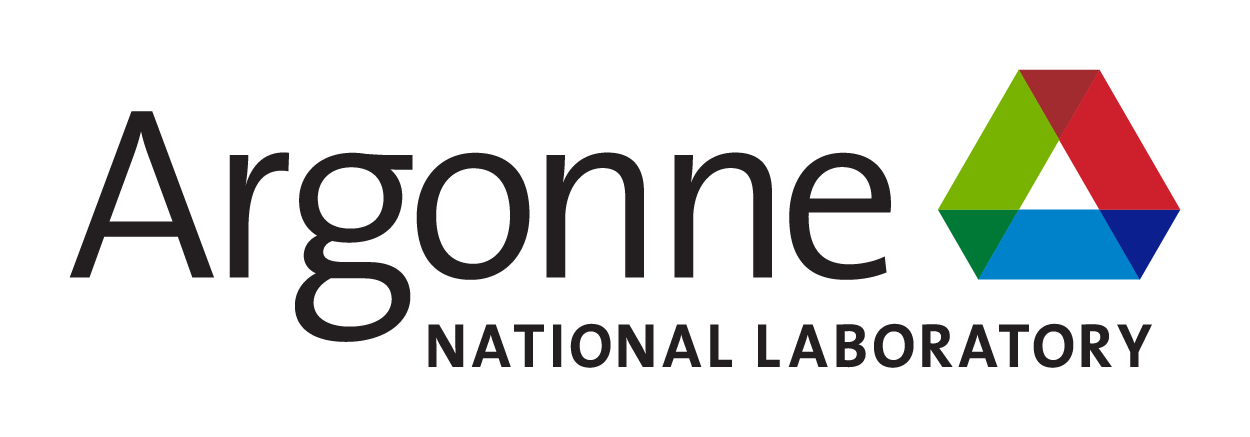
Nuclear Reactors 1366 – Argonne National Laboratory Is Working On Alternative Cooling Schemes For The Columbia Generating Station
The current fleet of commercial nuclear power reactors across the U.S. is cooled by water from a variety of sources. Rivers, lakes, and oceans are fed through systems that extract and dissipate heat from the reactor cores. However, the recent effects of climate change have been raising the temperature of bodies of water to the point where they cannot be used to cool reactors.
Climate scientists and nuclear science and engineering experts at the U.S. Department of Energy’s (DoE) Argonne National Laboratory (ANL) are collaborating to develop a plan B for nuclear power in Richland, Washington.
Scientists at the ANL will use Gateway for Accelerated Innovation in Nuclear (GAIN) funding from DoE to work with Washington’s Energy Northwest (EN) to guide the design and selection of future nuclear reactor cooling systems and their impacts on the cost of electricity in Washington state.
Rick Vilim is the manager of the Plant Analysis and Control and Sensors department in Argonne’s Nuclear Science and Engineering division. He is leading the research project with the assistance of Rao Kotamarthi, senior scientist in Argonne’s Environmental Science division.
According to Vilim, the most economical and best way to cool a reactor is to use a local, flowing waterway. These would include such sources of water as a lake or a river, for what is called “wet” cooling. Wet cooling makes it possible to easily conduct heat away from a reactor and its cooling rods. That is the current cooling design employed at Washington’s nuclear power plant, the Columbia Generating Station (CGS) in Richland, which produces nearly zero greenhouse gas emissions and eight percent of the state’s electricity. It relies on a steady flow of cold water from the Columbia River to keep its temperature down.
However, when considering construction of future nuclear power plants, EN thought it wise to develop a contingency plan in case the river conditions change. Despite the well-established wet climate of its most populous city, Seattle, Washington state is quite temperate and dry east of the Cascade Mountain Range. If evolving climate models indicate that warmer, drier days lie ahead, more aridity will obviously affect the volume, flow, and temperature of the Columbia River.
Vilima explains that there is an alternate dry cooling design which uses ambient air circulated across a reactor’s heat exchangers to conduct heat away from a reactor core. This would replace the reliance on a river or lake, or using fans or physics similar to those in a house chimney or car radiator.
Vilim said, “Dry cooling is not quite as efficient or as economical as wet cooling. However, if wet cooling isn’t available, it is your best option.”
Kotamarthi and his team are able perform impact analyses of risks from a changing climate, such as drought, heat waves and wildfire. The researchers can also provide translation of what that data means for local, immediate decisions. In addition, they can recalculate the data to demonstrate the effect 25 or 50 years from now. High performance computing resources at ANL give Kotamarthi and his group the capability to develop very high-resolution regional scale climate model projections. The current model resolution is about seven and a half miles. However, newer models in development are expected to get as specific as a two-and-a-half-mile area. -
Nuclear News Roundup April 05, 2024
Second CGN Hualong One starts up world-nuclewar-news.org
Newcleo teams up with CEA on reactor development world-nuclear-news.org
Commissioning work is beginning at Akkuyu 1 world-nuclear-news.org
Fourth Korean APR-1400 begins commercial operation world-nuclear-news.org
-
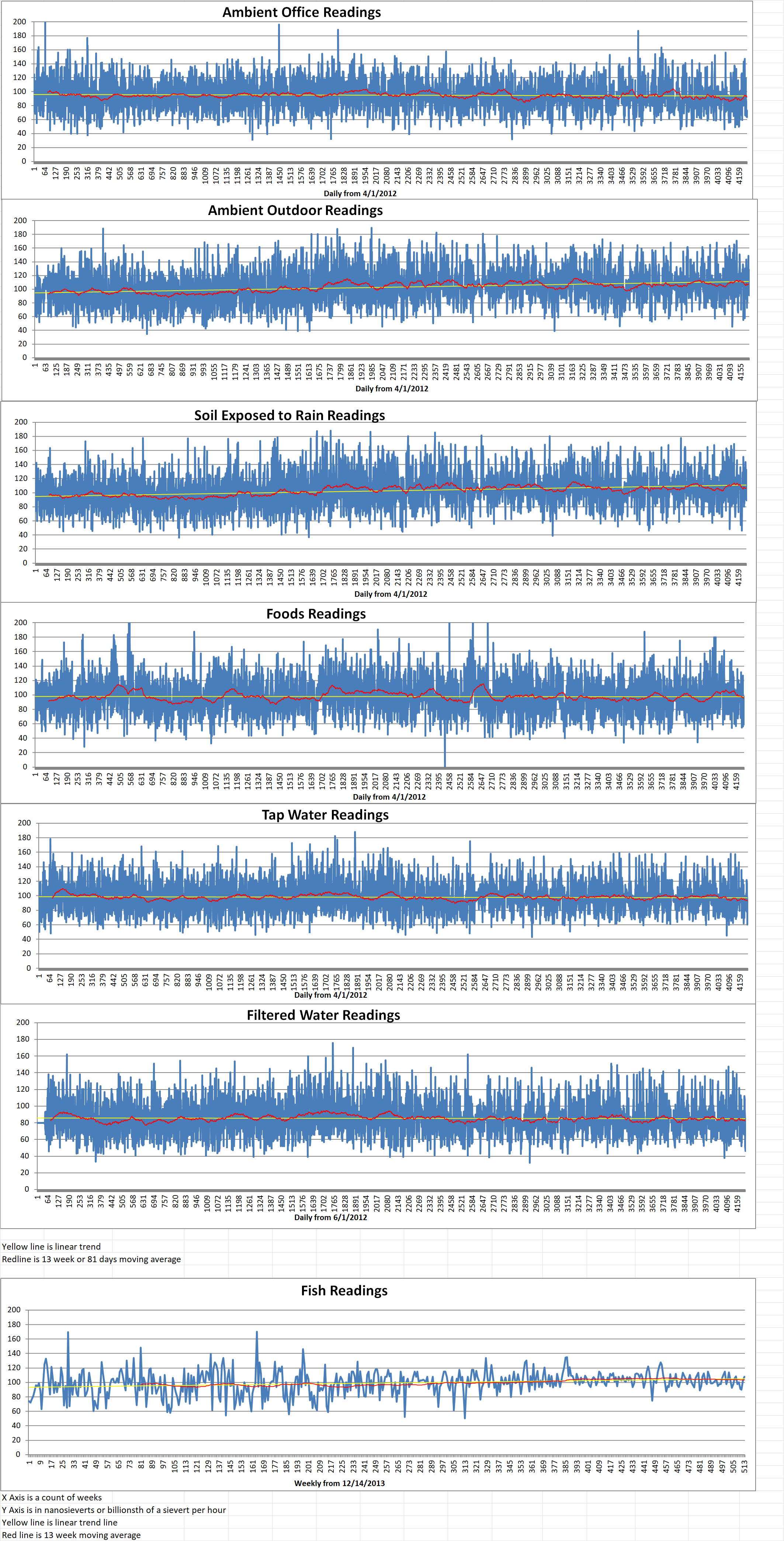
Geiger Readings for April 05, 2024
Ambient office = 70 nanosieverts per hour
Ambient outside = 91 nanosieverts per hour
Soil exposed to rain water = 89 nanosieverts per hour
Garlic from Central Market = 84 nanosieverts per hour
Tap water = 66 nanosieverts per hour
Filter water = 56 nanosieverts per hour
